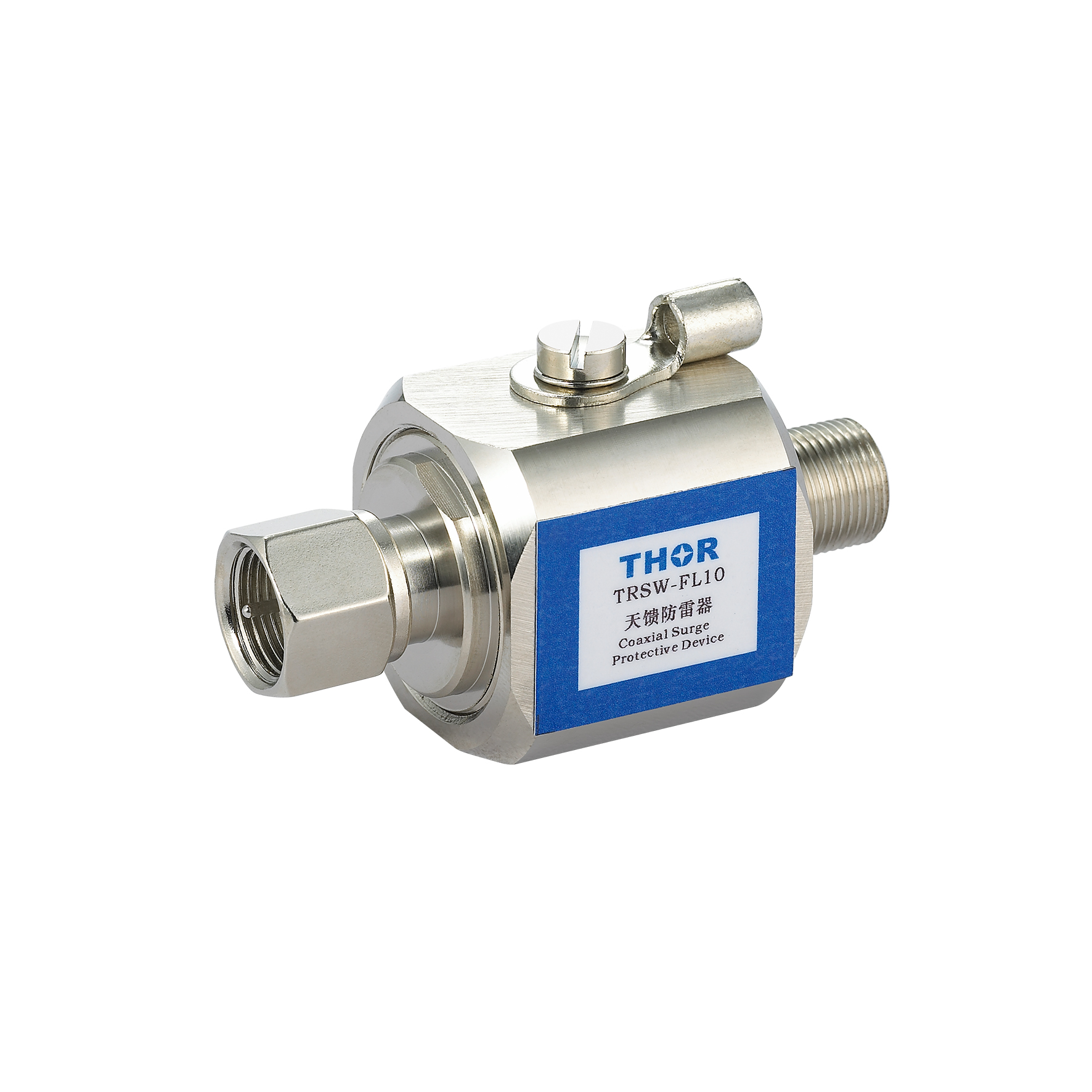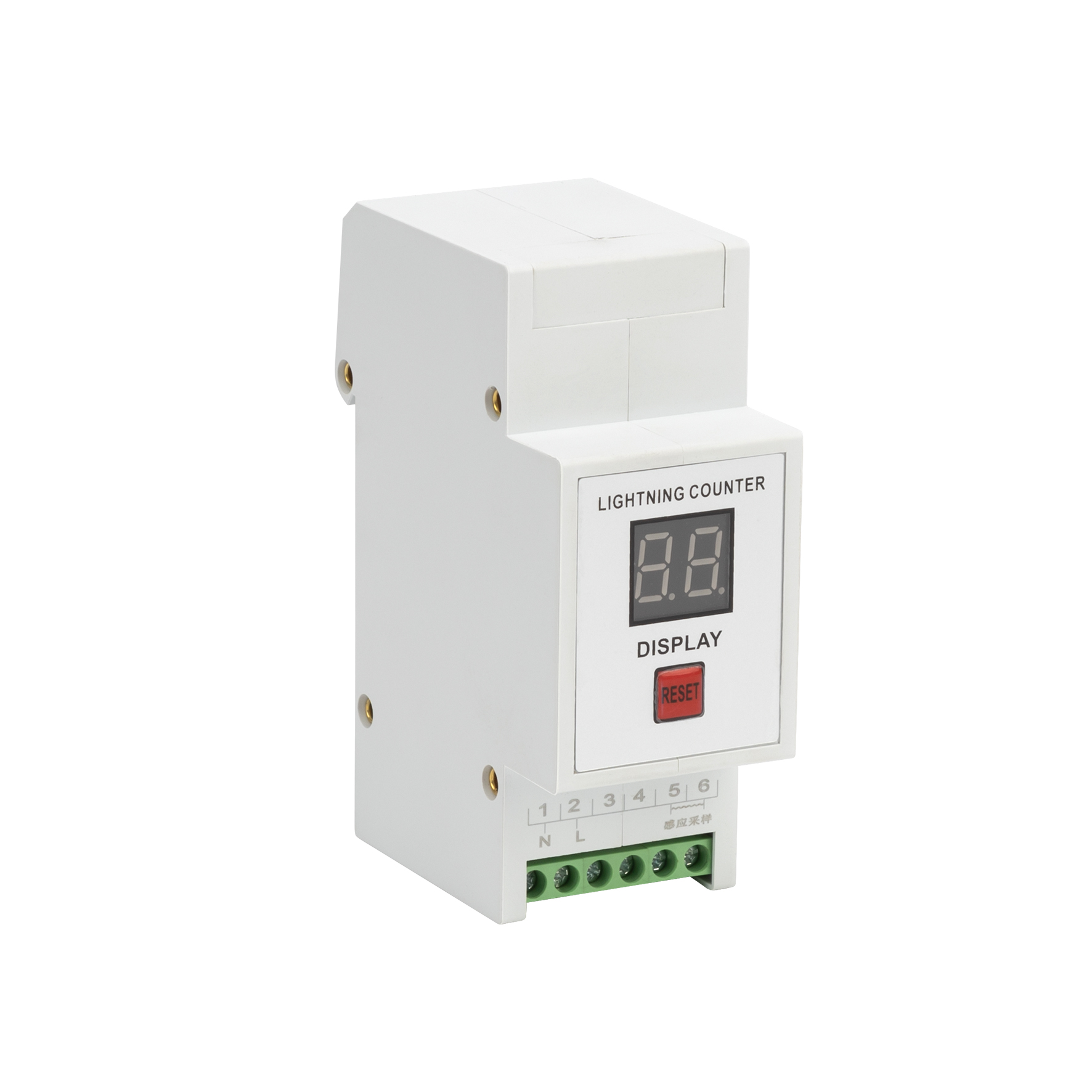Surge protection for control signals is mandatory or at least an important protective function in many cases. Global data indicates that over 30% of failures in electronic equipment are caused by voltage surges, often due to the lack of surge protection measures. In fact, signal failures or interference are the root causes of almost 70% of downtime incidents in automation equipment, especially in complex industrial systems. Therefore, it is crucial to implement surge protection for control signals to ensure normal operating conditions and extend service life.
What is surge protection for control signals
Control signals are low-voltage command and data lines, usually operating between 5 to 24 VDC. However, factors like lightning strikes, equipment switch operations, or power fluctuations can result in sudden, unpredictable high-voltage spikes that may reach thousands of volts, far exceeding the design limits for control signal receiving devices. According to IEEE standards, a surge voltage over 300V can destroy circuit components in a few microseconds. Surge protectors help to limit excessive voltage within a safe range (usually below 30V), preventing damage to electrical equipment.

Why is surge protection so important
-
Avoid system crashes: Voltage spikes are a prevalent cause of unscheduled machine downtimes in industrial facilities. Average downtime costs in the manufacturing industry are approximately $10,000 per hour, and extended downtime only adds to these losses. Surge protectors can help prevent equipment downtime due to voltage surges or sags, reducing unplanned downtime.
-
Protect sensitive equipment: Control signals are interfaced with sensitive devices like PLC controllers, sensors, and communication equipment, many of which are highly sensitive to overvoltage. A single surge can damage hardware, with the average cost of repair or replacement typically ranging from $500 to $3,000. Proper installation of surge arrestors can mitigate this risk.
-
Maintain data consistency: In production or communication environments, accurate signals are critical. Studies have shown that during a voltage surge, control signal transmission accuracy can drop by 40%, which may lead to serious system errors or data loss, affecting production quality or communication stability.
-
Minimize maintenance expenses: Equipment that is not properly protected is likely to suffer repeated surge damage. According to studies, equipment with surge arrestors has shown a 15% to 25% reduction in repair and maintenance costs. This is especially important in rough electrical environments where regularly replacing surge protection gear can extend the lifespan of equipment.

How do surge protectors work
Control signal surge protectors usually absorb or redirect ecess voltage. Here's how they function:
-
Absorption: Surge protectors absorb surge energy and safely dissipate it. These devices use materials that can handle high voltage levels, preventing that voltage from reaching the control side.
-
Diversion: Other devices redirect surge energy to a safe grounding path, bypassing sensitive control signal conductors. Surges, such as overvoltage or undervoltage, can damage control systems, but with proper surge protection, excess voltage is redirected away from critical components.
Surge protectors typically react within microseconds to ensure that even fast voltage spikes do not harm control signal lines. They are usually installed in vulnerable spots like where cables enter a building or where critical control equipment is powered.
Application scenarios
-
Industrial power: Surges in industrial conditions occur during the switching of high-power equipment. A typical factory may experience 10 to 20 surge events daily. For control signals, surge protection not only prevents equipment damage but also ensures continuous and stable system operation, avoiding data transmission interruptions.
-
Communication systems: Surge protection devices (SPDs) prevent external electrical interference from reaching critical communication facilities like base stations, data centers, and sensitive equipment. Unprotected surge events can lead to up to 3 hours of downtime in a communication system, with an average repair cost of $5,000 per hour.
-
Security and monitoring systems: Surge protection is essential for surveillance cameras and security alarm systems. In outdoor camera systems, equipment damage due to lightning strikes occurs in about 50% of cases, making surge protection a necessary safeguard.
